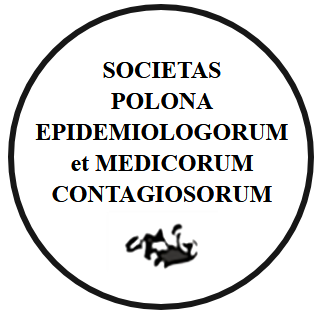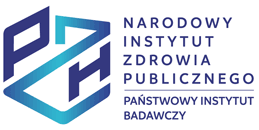Abstract. COVID-19 is a disease caused by the SARS-CoV-2 virus, which, after entering a living organism, uses the ACE-2 protein as a receptor and several other proteins as cofactors of infection. Disease symptomatology is extensive, involving mostly predominant respiratory symptoms, as well as those of the nervous, gastrointestinal, circulatory and other systems. Incidence of COVID-19 also results in markedly different laboratory findings on the hemostatic system with the predominant feature of increased D-dimer levels. In the pathogenesis of thromboembolic complications in COVID-19, all elements of Virchow’s triad are involved: endothelial damage, coagulation disorders and blood flow disorders. Coagulopathy increases with the severity of the clinical course of COVID-19. One of the causes of mortality associated with COVID-19 is pulmonary embolism. SARS-CoV-2 infection increases the risk of thromboembolic complications not only in the acute period of the disease. Also in the period of about a month after recovery, there is an increased risk of venous thrombosis and consequently, life-threatening pulmonary embolism. The classic biomarker of pulmonary embolism in the general population is D-dimers. Among imaging studies, the gold standard for diagnosing this disease is computed tomography of the pulmonary arteries (CTPA). Other useful diagnostic tests are ventilation-perfusion lung scintigraphy (VQ Scans) or echocardiography. Currently reviewed guidelines and recommendations recommend extens ive thromboprophylaxis in COVID-19 patients in both acute and chronic phases of the disease.
Streszczenie. COVID-19 jest chorobą wywoływaną przez wirusa SARS-CoV-2, który po wniknięciu do żywego organizmu wykorzystuje białko ACE-2 jako receptor oraz kilka innych białek w roli kofaktorów zakażenia. Symptomatologia chorobowa jest bardzo rozległa, obejmuje przeważnie dominujące objawy ze strony układu oddechowego, a także ze strony układów: nerwowego, pokarmowego, krążenia i innych. Zachorowanie na COVID-19 powoduje także znaczne odmienności badań laboratoryjnych w zakresie układu hemostazy z dominującą cechą zwiększenia stężenia dimeru D. W patogenezie powikłań zakrzepowo-zatorowych w COVID-19 biorą udział wszystkie elementy triady Virchowa: uszkodzenie śródbłonka, zaburzenia krzepnięcia oraz zaburzenia przepływu krwi. Koagulopatia narasta wraz z ciężkością przebiegu klinicznego COVID-19. Jedną z przyczyn śmiertelności związanej z COVID-19 jest zatorowość płucna. Infekcja SARS-CoV-2 zwiększa ryzyko powikłań zakrzepowo- zatorowych nie tylko w ostrym okresie choroby. Również w okresie około miesiąca po wyzdrowieniu, występuje zwiększone ryzyko powstania zakrzepicy żylnej i w konsekwencji, groźnej dla życia zatorowości płucnej. Klasycznym biomarkerem zatorowości płucnej w populacji ogólnej są D-dimery. Spośród badań obrazowych, złotym standardem w rozpoznaniu tej choroby jest tomografia komputerowa tętnic płucnych (CTPA).Innymi przydatnymi badaniami diagnostycznymi są: wentylacyjno-perfuzyjna scyntygrafia płuc (VQ Scans) czy badanie echokardiograficzne. Obecnie analizowane wytyczne i zalecenia rekomendują szeroką profilaktykę przeciwzakrzepową u chorych na COVID-19 zarówno w fazie ostrej jak i przewlekłej choroby.
You can change cookies settings in your browser. Restricted use of cookies in the browser configuration may affect some functionalities of the website.





